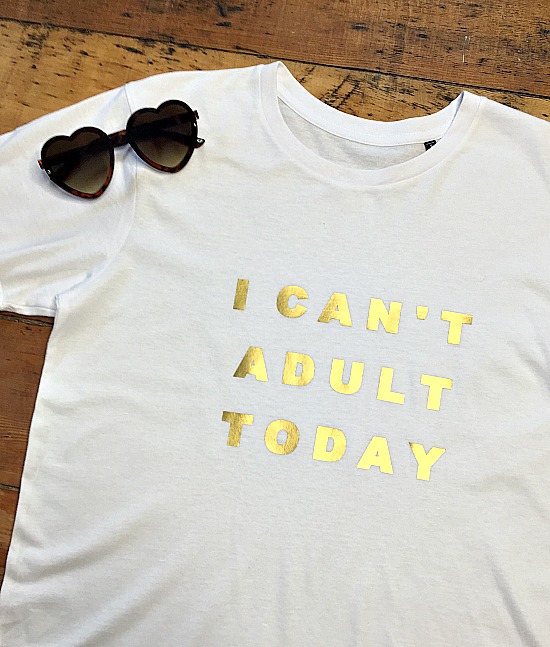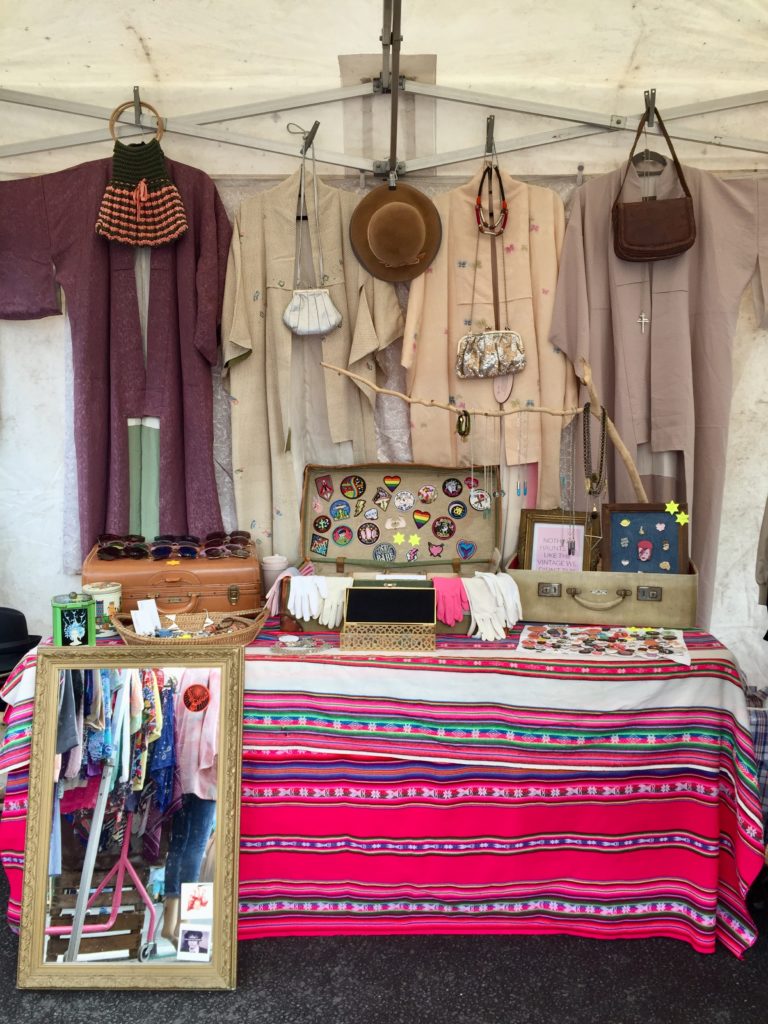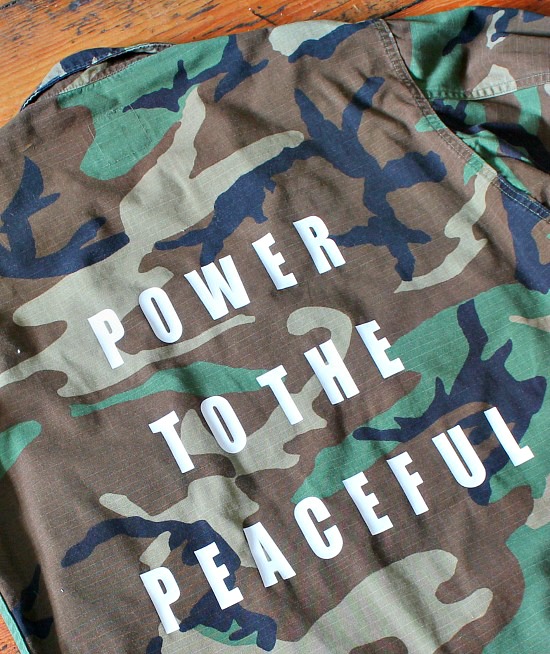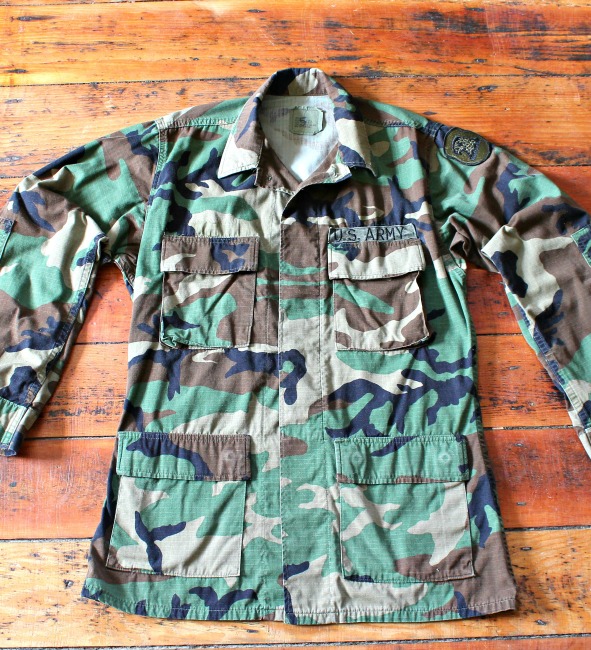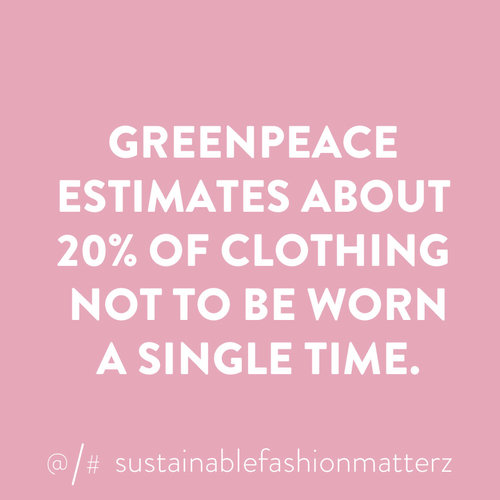Conscious Revolution
I’m so delighted to be featured in the first-ever issue of the fantastic new online magazine – ‘Conscious Revolution‘

Detailing everything you need for achieving a more sustainable lifestyle and the changes we can all make for a healthier planet and future. With interviews, indie business features, recipes, healthy living tips, fashion, beauty

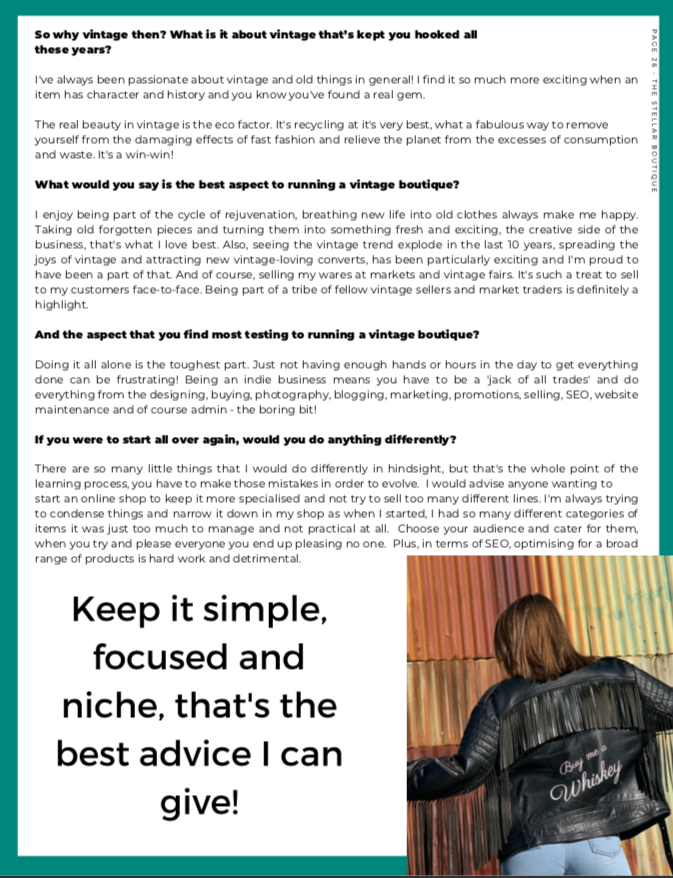
To see the full magazine and be ready for February’s issue, head over to the






